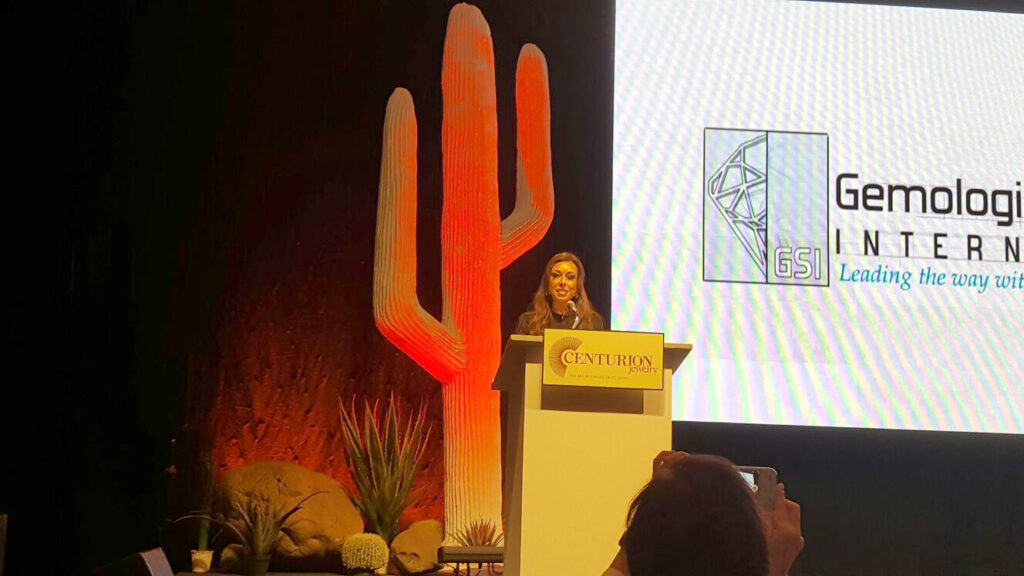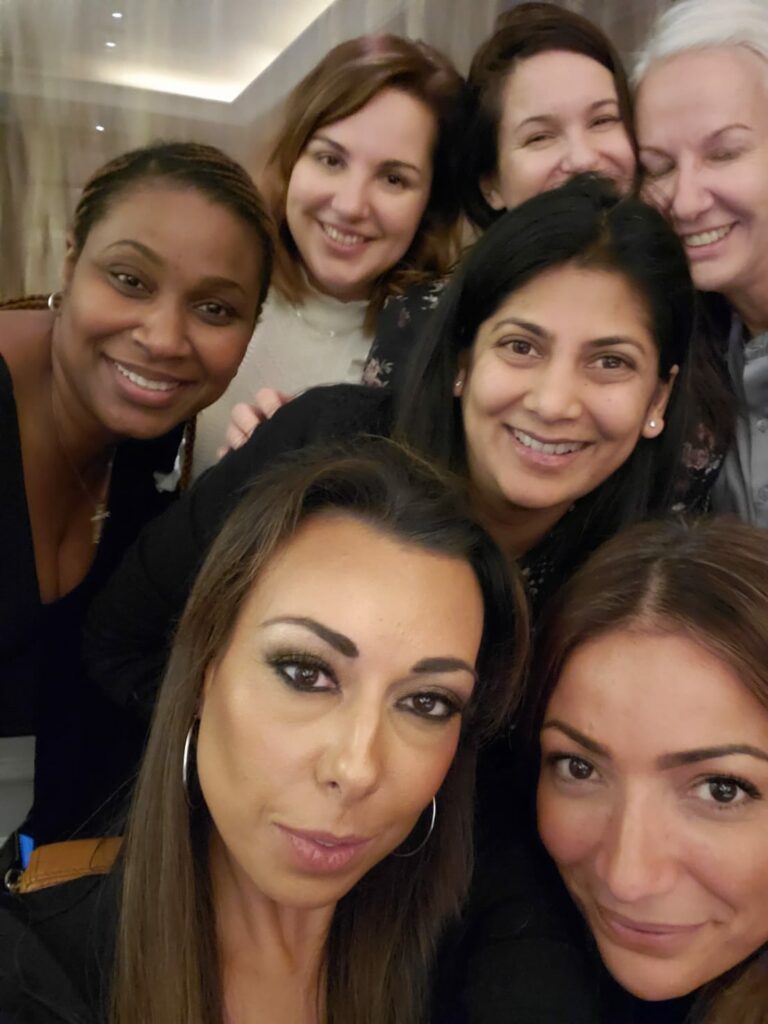Lab-Grown Diamonds: The Need for Full Disclosure (Featured in IDEX)
- By: Debbie Azar
- On:
- 0 Comment

As the world continues to heal and embark on its journey through uncertain times during the COVID-19 pandemic, it has learned a tremendous amount – including what improvements businesses need to make in order to regain and/or maintain the trust and loyalty of its consumers. The answer is, and in fact, has always been, transparency.
So, what is the main course of action now? Undoubtedly, there has to be more of an effort to provide disclosures and evidence behind the origination and efficacy of a product, so that consumers know exactly what they’re purchasing and what kinds of gemstones they’re bringing into their homes or places of business.

This, of course, also holds true in the diamond industry – especially since now, more than ever, we are starting to see many new companies emerge in the laboratory grown diamond sector. From growers to suppliers, and everyone in between, the lab-grown division has gone full force in the marketing of lab-grown diamonds. This demand will only continue to increase as celebrities flaunt their lab-grown bling on red carpets and during prominent endorsement deals.

But along with a rising trend inevitably comes rising scrutiny. It has become a big topic of debate in the industry. Some view the post-growth treatment simply as part of the growing process that doesn’t need to be disclosed. Therefore, like with all other newly-engineered efforts, someone does need to step in and lead the way, while also ensuring that the lab grown diamonds are graded accurately, with all treatments and enhancements properly identified and disclosed.
Gemological laboratories have always been an integral part of the diamond industry, and diligent about consciously upholding consumer confidence. Ultimately, it is the responsibility of all gemological organizations to provide unbiased grading reports that clearly and accurately describe the gemstone (whether natural or lab-grown) and disclose all treatments and enhancements, so that buyers are well-informed.
In March 2020, Gemological Science International (GSI), a world leader in gemological services, introduced its newest lab grown diamond grading report – The LGX Report which states if the lab-grown diamond is produced by HPHT (High Pressure High Temperature) or CVD (Chemical Vapor Deposition) and if it’s “As Grown” or has been subject to post growth treatments or enhancements.
Currently, GSI is the only major laboratory that identifies the growing method and enhancements – or the lack thereof – on its grading report. The bottom line? It is just as imperative to state whether a lab grown diamond has been subject to any treatments or enhancements as it is to state for a natural diamond.
Other laboratories are shying away from these disclosures for various reasons. Perhaps because this can be a complicated process and they may not have enough knowledge, data or equipment to do it correctly. Also, some labs are looking at their bottom line since many growers and suppliers of lab-grown diamonds conclude that the post growth treatments and enhancements don’t need to be called out since one could claim that it’s part of the growing process. Honestly, in the end, it does not matter because what needs to be disclosed should be disclosed. Isn’t this how it works when it comes to natural diamond grading reports?
To my mind, it is absolutely necessary that independent, unbiased third-party grading reports be done. It is the laboratory’s responsibility to the industry as a whole and to consumers to identify and disclose all relevant information- irrelevant of price, market demand, and loss of potential business.
Furthermore, let us not forget that today’s consumer wants to know as much as possible about their diamond purchase. With the worldwide web of knowledge at their fingertips, it’s only a matter of time (if it hasn’t already happened) that consumers will understand just as much about the lab grown diamond growing process as they do the natural diamond process.
Jeff Fromm, from Forbes, said: “Millennials will only interact with brands that are open and transparent”.
So, if a top consumer, such as the millennial demographic feels that they’re being taken advantage of, they will walk away, and the industry will suffer. Diamonds, both natural and lab-grown, are a big purchase item that requires a lot of thought and attention, so you can bet that clients will want to research and ponder every element that goes into an investment like this, even if what they end up choosing costs less money.
About The Author
Debbie Azar is the Co-Founder and President of Gemological Science International (GSI), one of the largest gemological organizations in the world, and a distinguished leader in the global diamond and jewelry industry. As an executive with extensive knowledge of the jewelry and gem lab industries, her entrepreneurial skills and vision have helped GSI achieve rapid and continuous growth worldwide, establishing 13 leading-edge gemological facilities on four continents. She currently serves on the boards of the Jewelers Vigilance Committee, Responsible Jewellery Council, and Jewelers for Children, and is a member of the 24 Karat Club of New York. She has been featured in Forbes, Daily Mail, Good Morning America, Bloomberg, Bloomberg Businessweek, Fox Business, Fox5, CBS2, BOLDTV, Varney&Co, The Street, and NASDAQ, among others.

















































